10 of the strangest buildings in 2021
The 10 different projects below have resonated from around the world: four in Europe, two in China, one in the US, Qatar, Australia and Argentina.
The designs themselves vary in size and budget, and some are a bit more practical than others. But each design breaks the mold to offer something a little different from the normal everyday buildings that surround us.
House with integrated skate track
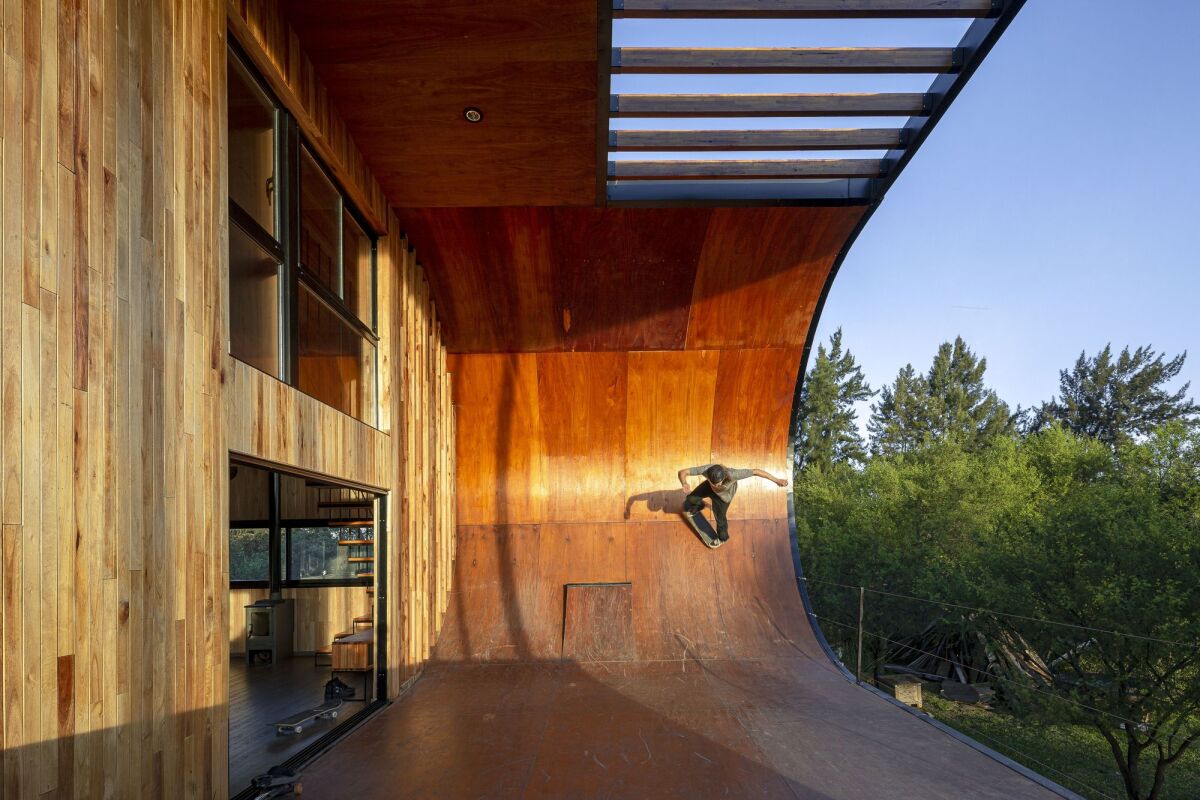 10 of the strangest buildings in 2021 Picture 1
10 of the strangest buildings in 2021 Picture 1
The owner of this house is a great skater, so Skatehouse 2 (as it is called) was designed with a side slide. Due to its location on the Argentinian riverside island of Paraná, an area prone to flooding, the house is elevated above ground level and it features a wood-steel frame and water-resistant wood paneling.
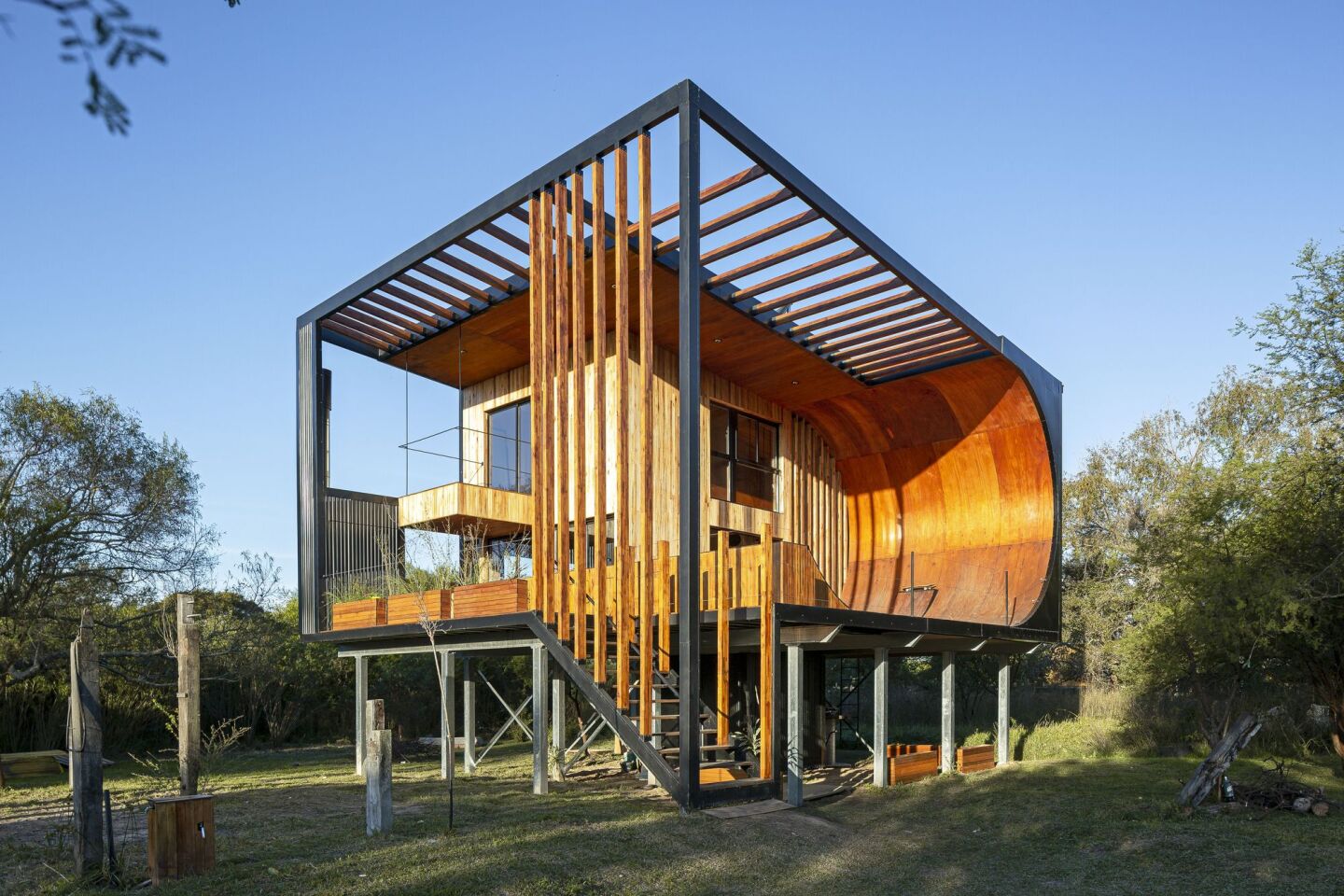 10 of the strangest buildings in 2021 Picture 2
10 of the strangest buildings in 2021 Picture 2
The slide itself acts as a shading wall for the house, as nearby is the outdoor kitchen and terrace area. Due to its location in a flood prone area, Skatehouse 2 operates completely off-grid. All electricity comes from a rooftop solar system, while water is drawn from a rainwater collection system and a nearby river. In addition, hot water is also generated by a solar hot water tank.
The office tower has an infinity design
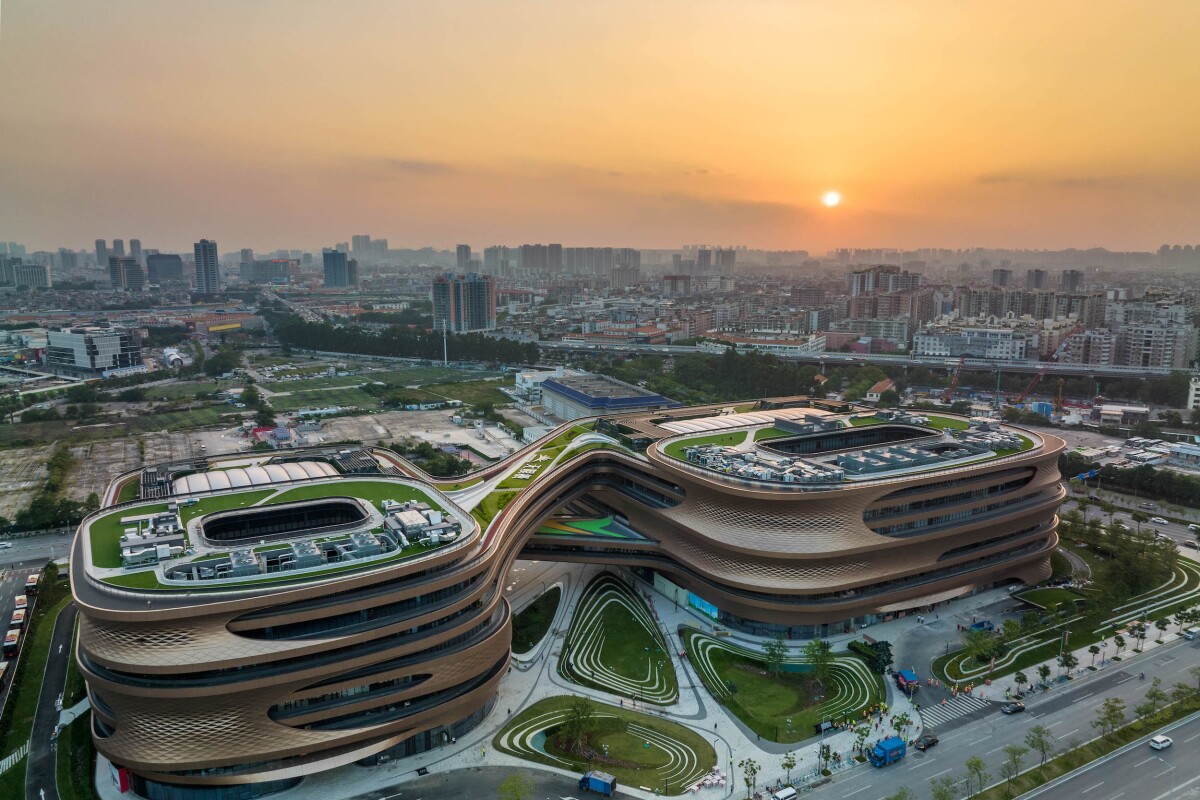 10 of the strangest buildings in 2021 Picture 3
10 of the strangest buildings in 2021 Picture 3
Infinitus Plaza is an office building in Guangzhou, China. It consists of two interconnected office buildings, forming the "infinity" symbol when viewed from above. The reason it splits into two buildings is because in the middle is a subway tunnel. Building directly on top of the tunnel will cause problems, so the investor has accepted the option of linking two separate buildings by many bridges.
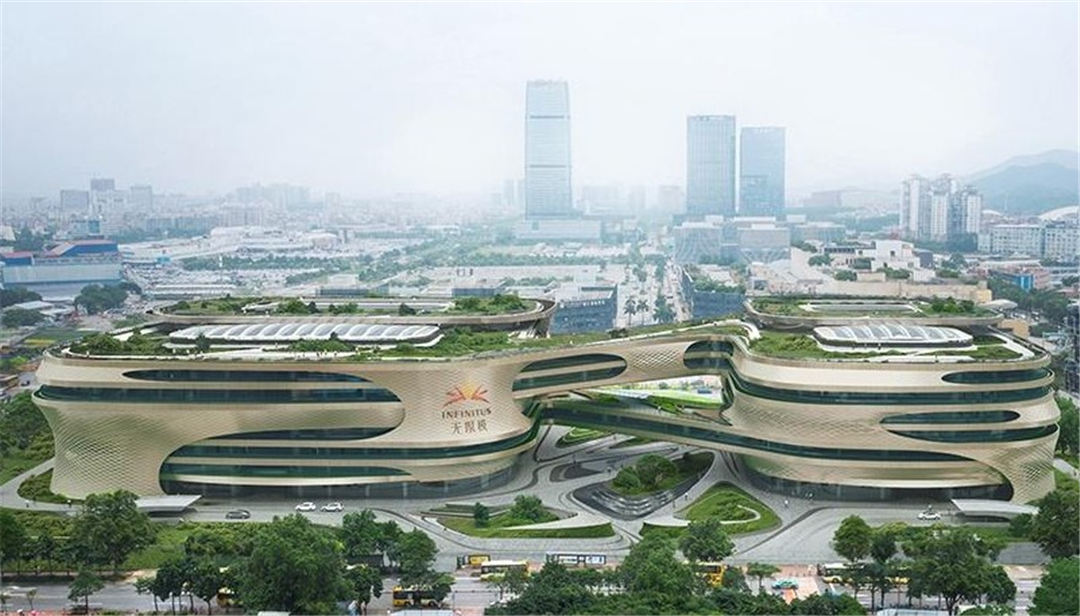 10 of the strangest buildings in 2021 Picture 4
10 of the strangest buildings in 2021 Picture 4
Computer analysis of expected solar heat gain has allowed engineers to determine the width of the outdoor terrace so that it can self-shade the building's interior. This also resulted in the installation of additional copper-colored perforated aluminum sunshades outside. These measures are combined with solar panels to save on electricity usage, as well as supporting an intelligent management system that controls everything from indoor temperature and lighting, to quality. atmosphere.
The bowl-shaped building reflects everything around
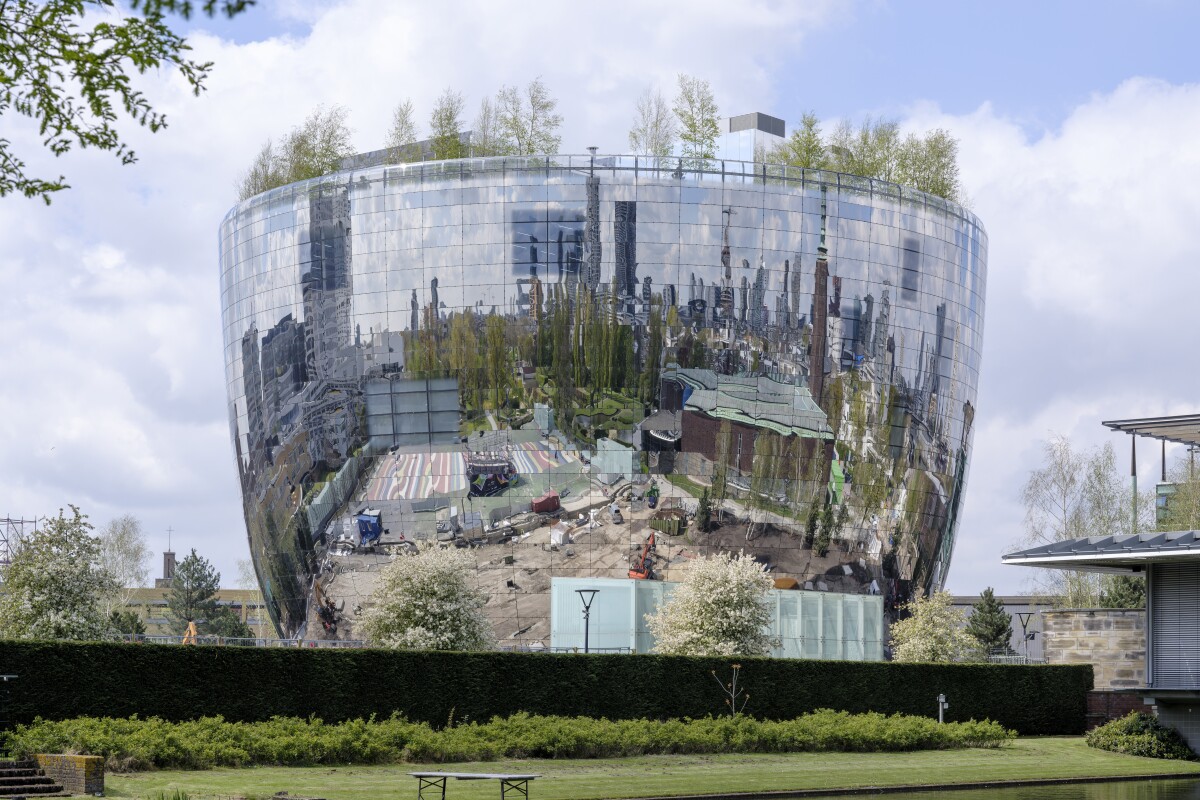 10 of the strangest buildings in 2021 Picture 5
10 of the strangest buildings in 2021 Picture 5
Located in Rotterdam, Netherlands, the Depot Boijmans Van Beuningen was born to replace the Boijmans Van Beuningen Museum of this country. At 35 m tall, its conspicuous highlight is an eye-catching façade of approximately 71,000 m2 clad in mirrored glass, divided into 1,664 panels. The interior covers an area of 167,000 m2 and is arranged around a large skylight with criss-cross stairs and pre-assembled glass.
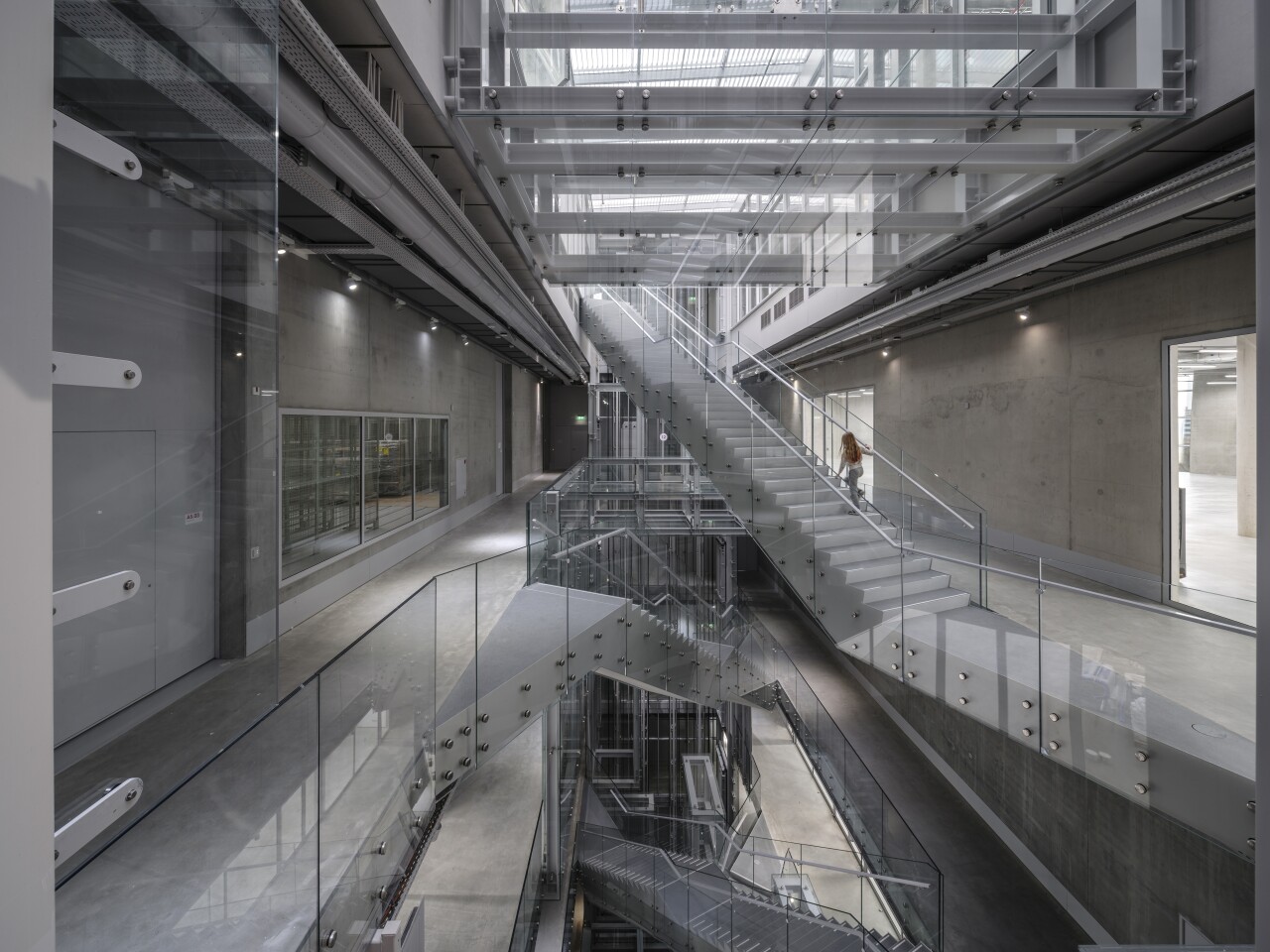 10 of the strangest buildings in 2021 Picture 6
10 of the strangest buildings in 2021 Picture 6
When completed, it will house the old museum's entire collection of 63,000 paintings, photographs, films, design objects, installations and contemporary art sculptures, as well as 88,000 copies prints and drawings. In addition, the architecture also has a number of sustainable features, including rooftop solar panels to reduce grid usage, a heating system based on a geothermal exchanger, and a water collection system. rain to irrigate a rooftop park and provide water to flush toilets.
Upside down tower in the middle of New York City
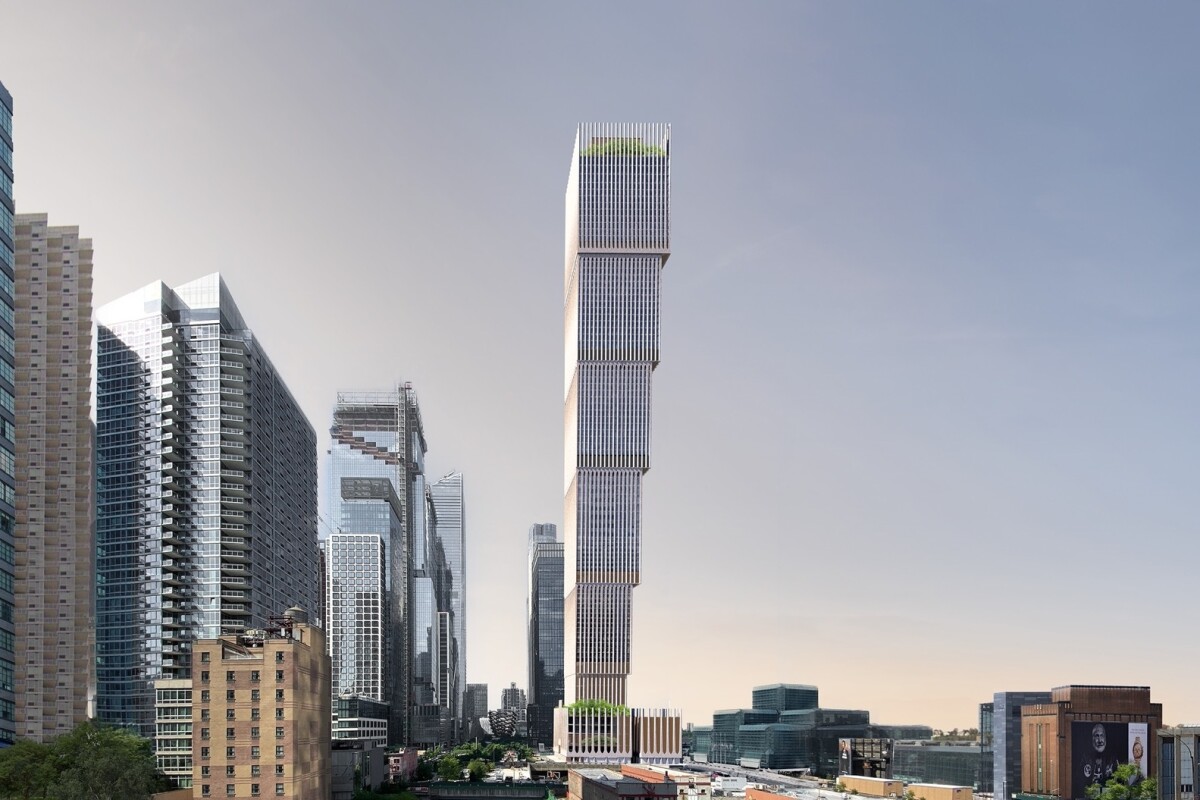 10 of the strangest buildings in 2021 Picture 7
10 of the strangest buildings in 2021 Picture 7
Architect David Adjaye has revealed plans for a very ambitious new skyscraper for New York City. Dubbed the Affirmation Tower, it will feature a striking design that looks like an upside-down skyscraper.
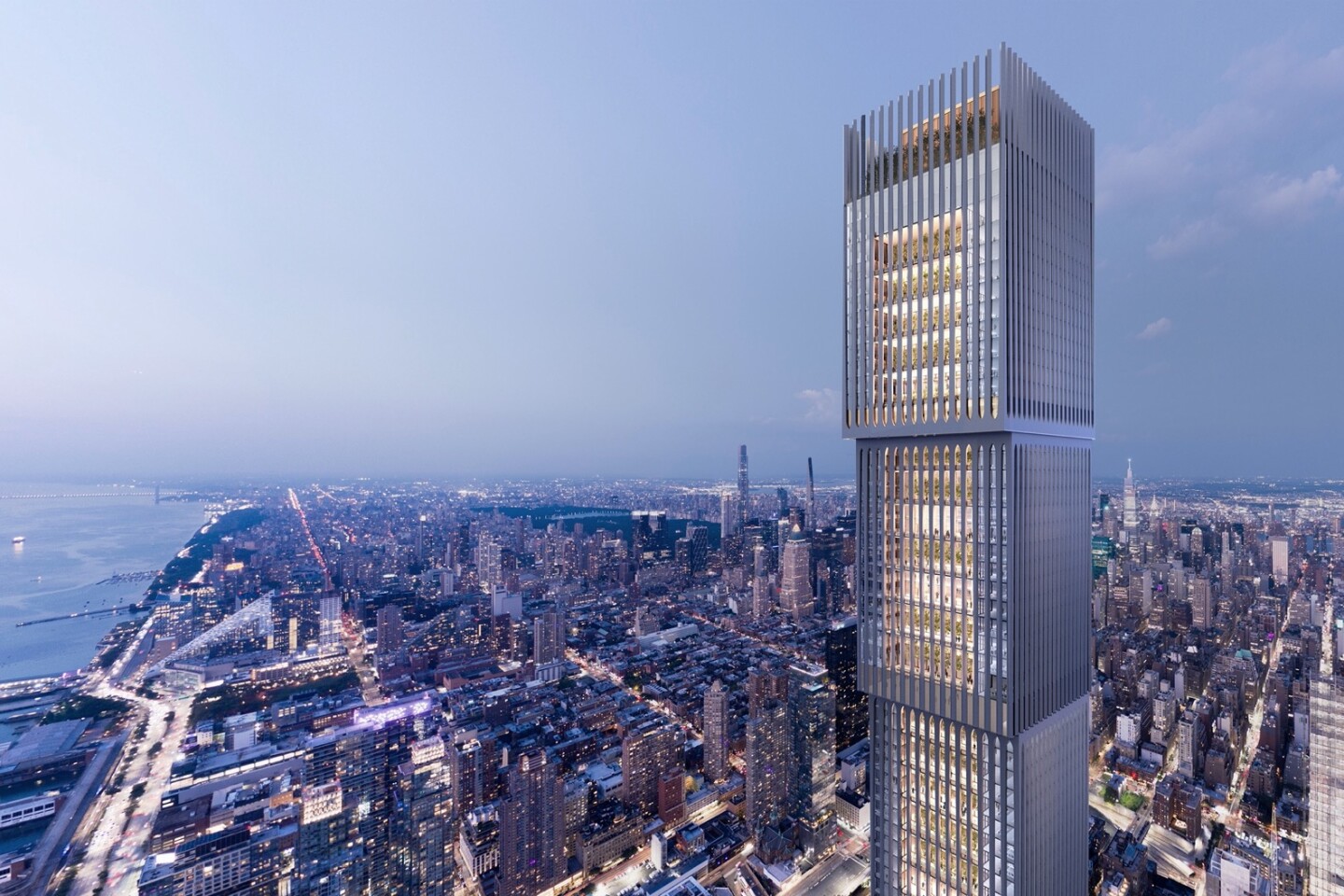 10 of the strangest buildings in 2021 Picture 8
10 of the strangest buildings in 2021 Picture 8
The overall form of this building will be made up of a series of stacked cubic sections, creating a terraced structure that allows for an increase in width as it rises. The building will reach an impressive height of 506 meters and will include commercial office space, as well as two hotels, the headquarters of the NAACP, an observatory and an ice rink.
Cloth wrap of the Arc de Triomphe in France
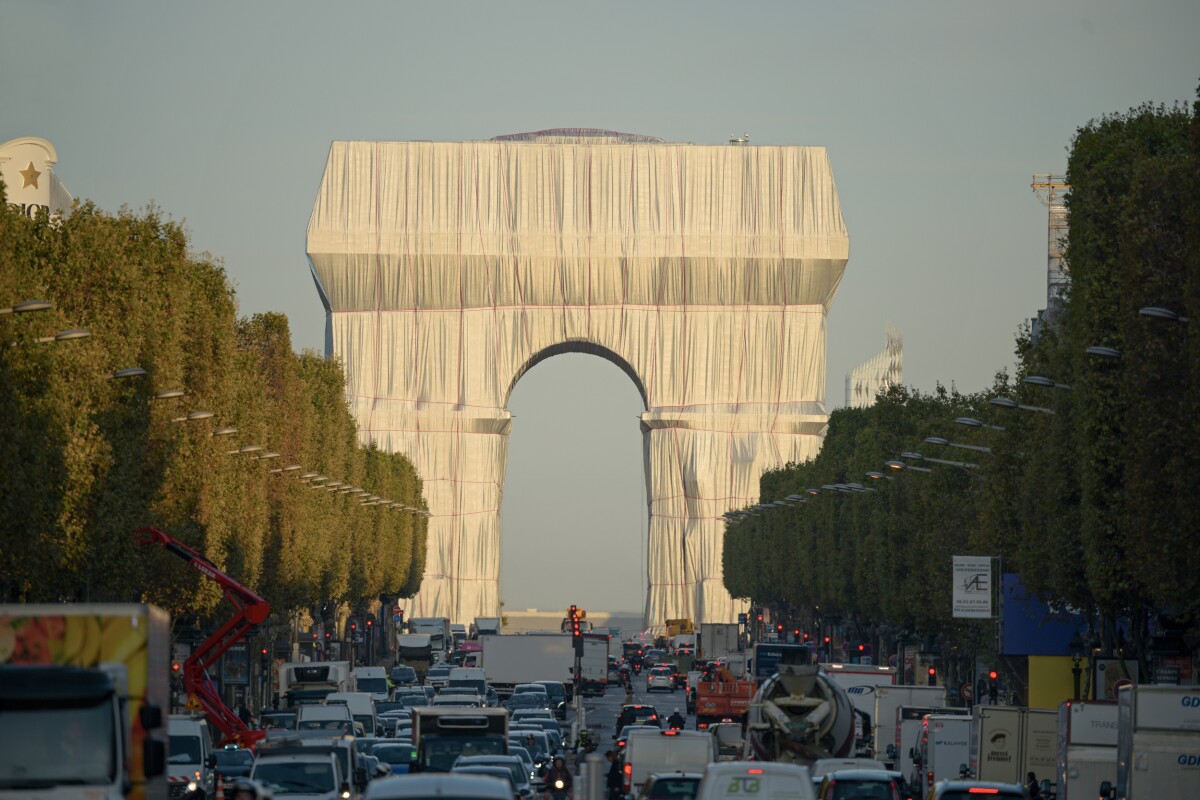 10 of the strangest buildings in 2021 Picture 9
10 of the strangest buildings in 2021 Picture 9
In 2021, the Arc de Triomphe in Paris, France was wrapped in cloth in memory of the late artist Christo Vladimirov Javacheff, who created this unique art form. Mr. Christo and his wife Jeanne-Claude Denat de Guillebon are the ones who have created a unique art form by using fabric to wrap famous works.
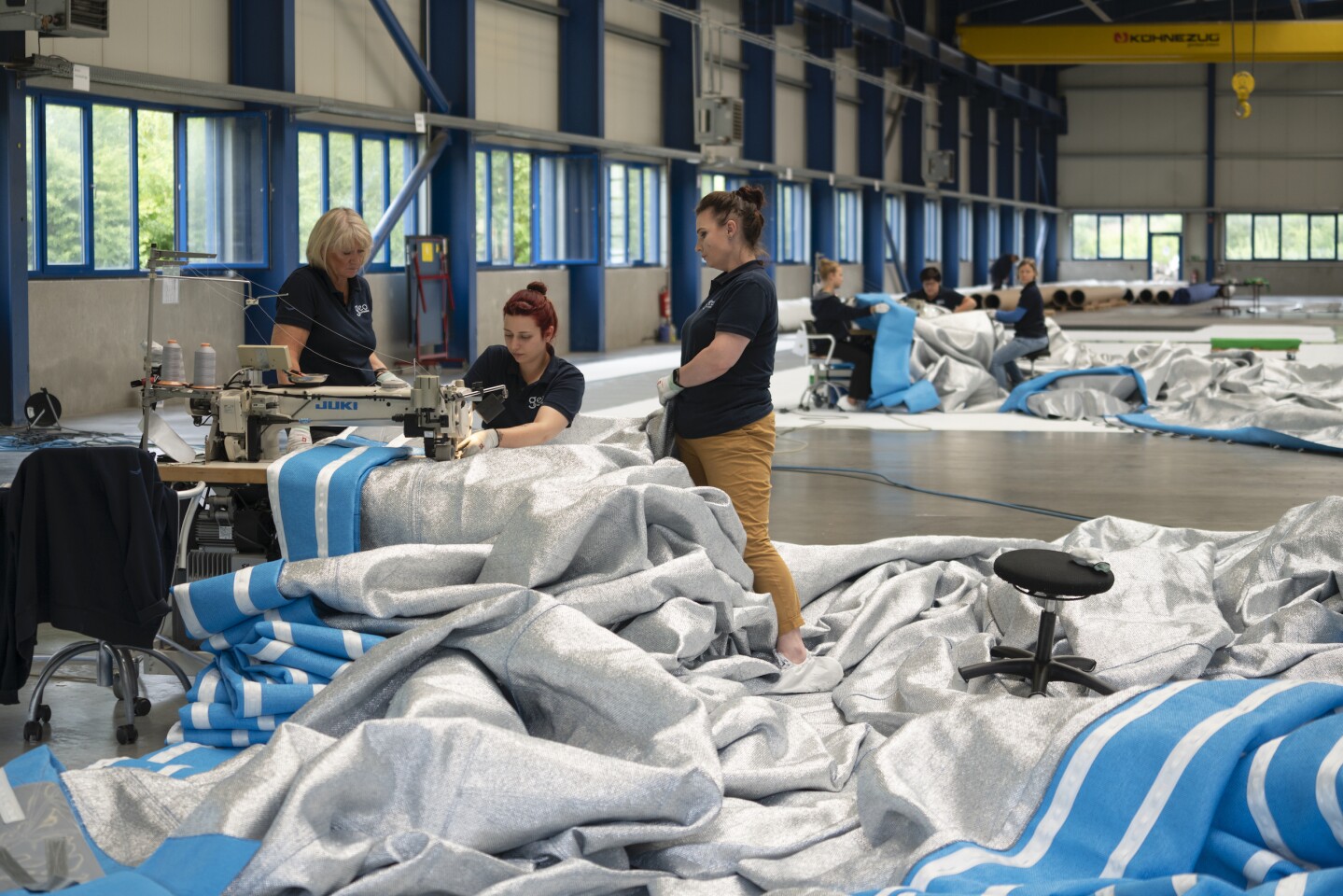 10 of the strangest buildings in 2021 Picture 10
10 of the strangest buildings in 2021 Picture 10
The scale of the project is impressive. L'Arc de Triomphe, as it is called, is a project that cost around $16.5 million, privately raised by the assets of Christo and Jeanne-Claude. Its creation involved more than 1,000 people, using 25,000 square meters of silver-blue polypropylene fabric sewn in Germany. It is secured in place by 3,000 m of red polypropylene wire. All materials will be recycled when artwork is finished.
The "seesaw" building in Russia
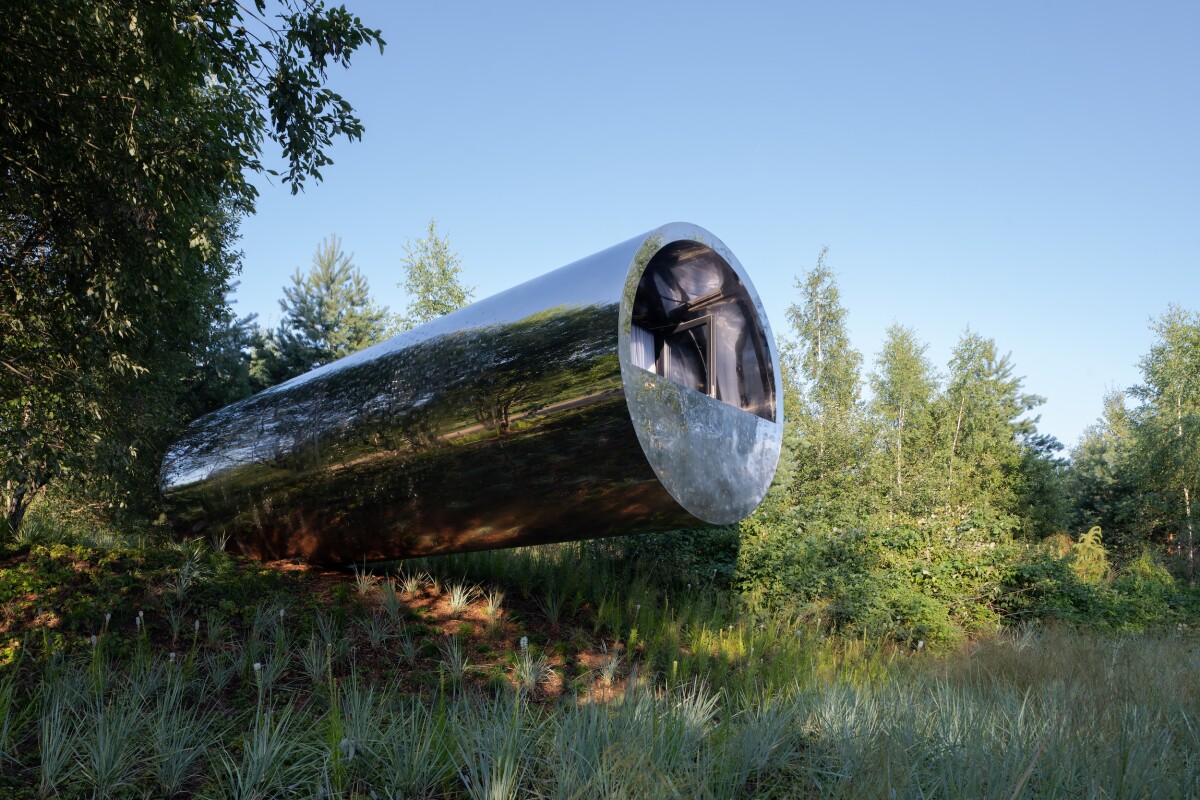 10 of the strangest buildings in 2021 Picture 11
10 of the strangest buildings in 2021 Picture 11
Perched high on a small hill in Russia, the Russian Quintessential is both a beautiful work of modern art and a weekend getaway. Its reflective facade and tubular shape are eye-catching, while also harboring a compact yet comfortable home inside.
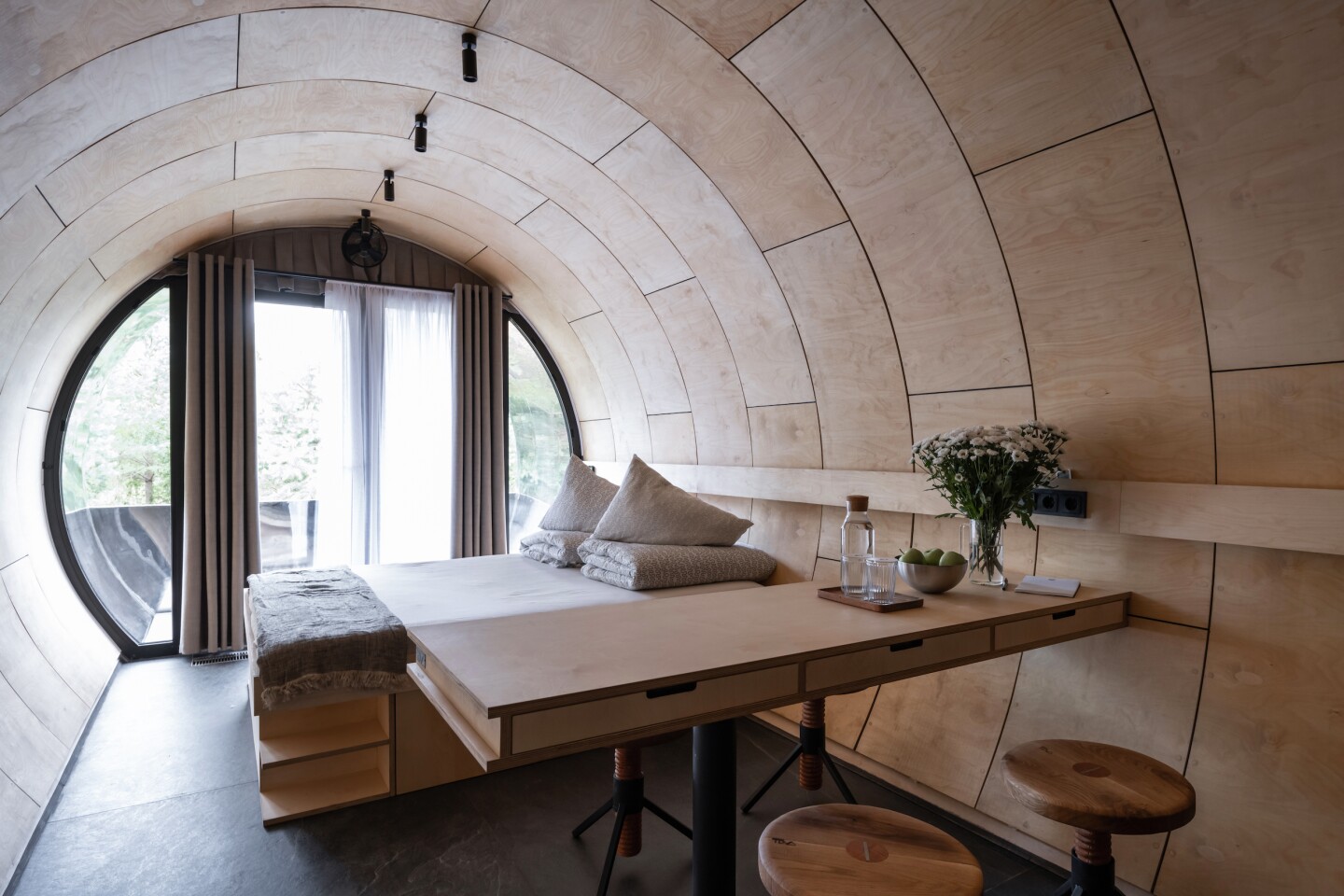 10 of the strangest buildings in 2021 Picture 12
10 of the strangest buildings in 2021 Picture 12
Structurally, it is likened to the hull of a ship. The structure consists of a steel frame made up of several "ribs" that give it enough strength to jut out of the hillside while not buckling under its approximate weight of 12 tons. The building is also fixed to the foundation with six bolts and polyurethane foam insulation, which helps keep the interior comfortable even in the notoriously harsh Russian winter.
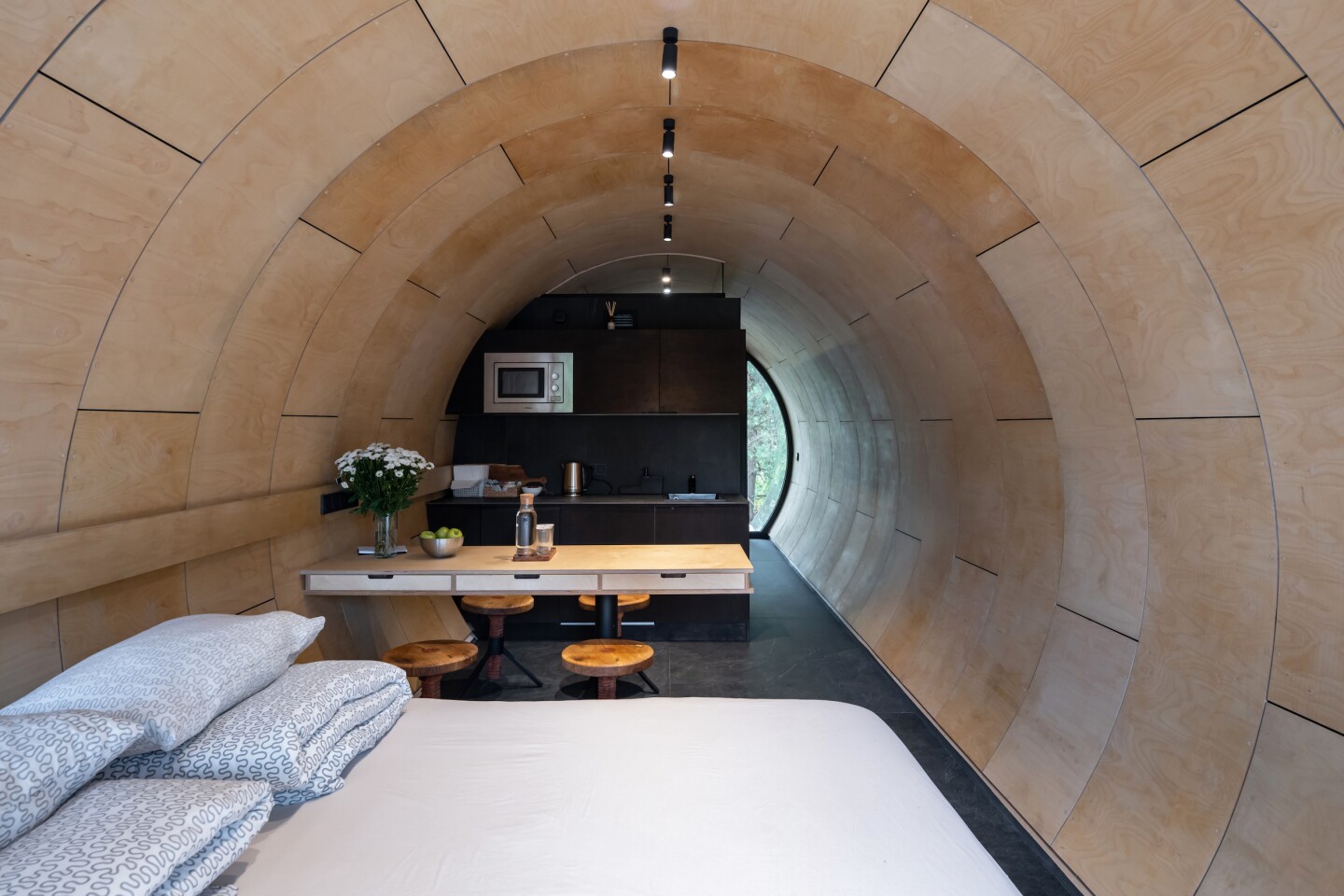 10 of the strangest buildings in 2021 Picture 13
10 of the strangest buildings in 2021 Picture 13
The reflective coating is stainless steel plate. The entire interior is arranged on one floor, including a compact balcony area as well as a bathroom with shower and toilet. It also has a simple kitchenette with a microwave, cupboard and sink. There is also a built-in double bed and a work desk nearby. The entrance to the house is a glass door on the opposite side to the balcony.
Pencil Tower Hotel - A scratch in the sky
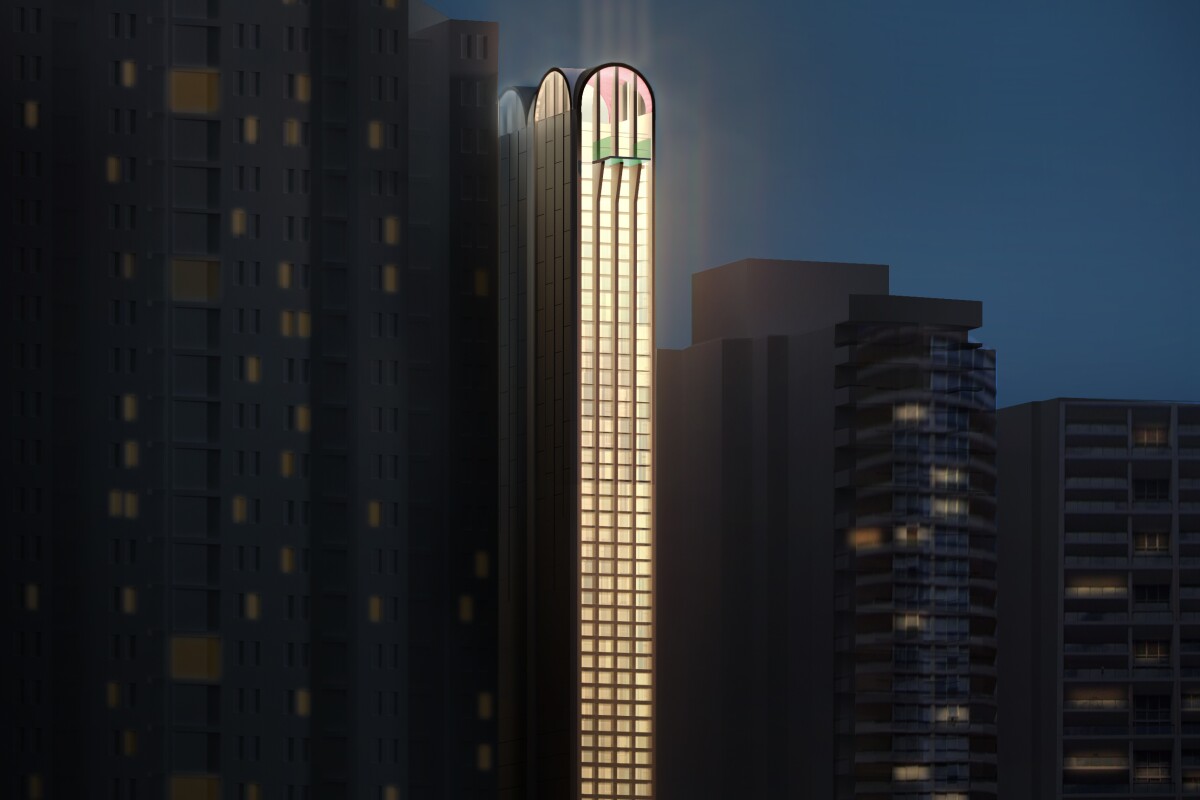 10 of the strangest buildings in 2021 Picture 14
10 of the strangest buildings in 2021 Picture 14
Pencil Tower Hotel is a tower with an expected width of only 6.4 meters. Designed by Durbach Block Jaggers, the building is being developed by the Tricon Management Group. When completed, it will occupy an area of 345 square meters and reach a height of 100 meters in the city center of Sydney.
The tower will sit atop a podium building and will serve as a boutique hotel. Its interior will feature six rooms per floor, plus additional service areas in the basement and podium, and a cleaning/storage room on every third floor of the hotel. Elsewhere there will be a cafe, lounge and walled courtyard, along with a rooftop pool, sundeck and spa that will jut out near the top of the building.
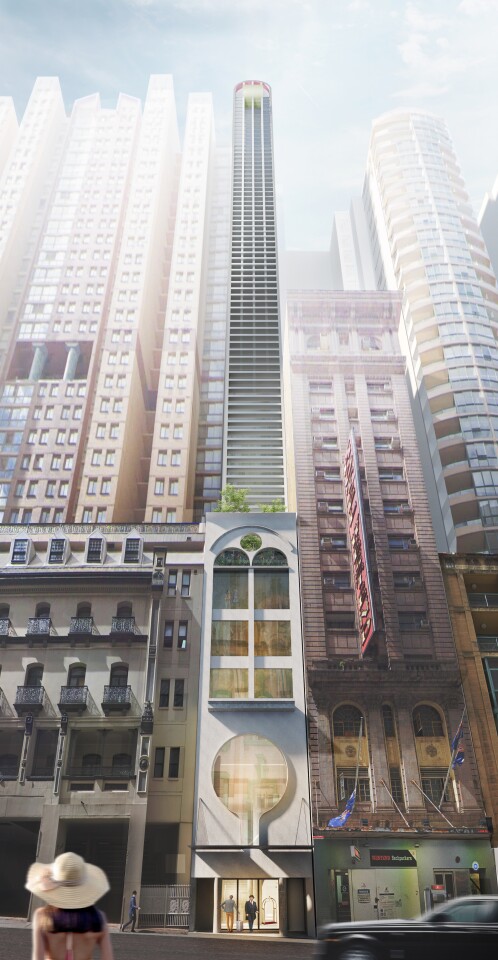 10 of the strangest buildings in 2021 Picture 15
10 of the strangest buildings in 2021 Picture 15
The project recently won the City of Sydney Design Excellence Competition and has been submitted for planning permission, although there is no word yet on when construction is expected to begin. .
Sky Pool - Swimming pool in the air
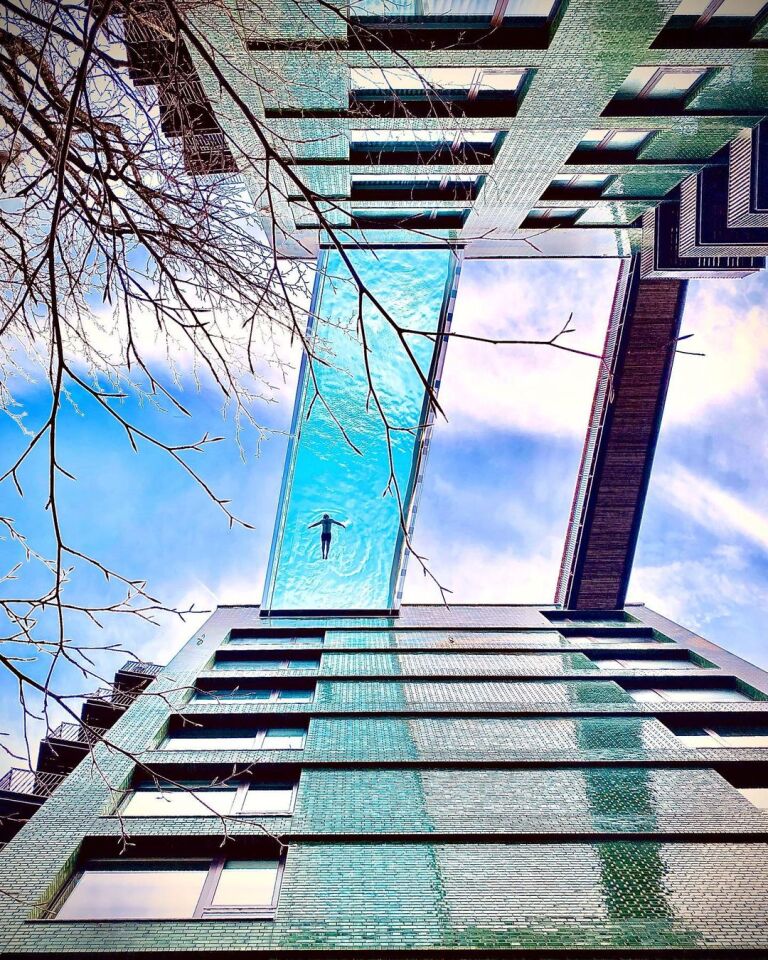 10 of the strangest buildings in 2021 Picture 16
10 of the strangest buildings in 2021 Picture 16
The Sky Pool is part of Embassy Park in London, a residential development co-developed with the US Embassy building. The highlight of this pool is that it is suspended at a height of 35 meters between two apartment buildings. It has a length of 15 m and this length is increased to 25 m with extended "tanks" at each end, to be able to hold 148,000 liters of water.
Structurally, it is made from a piece of acrylic with a total thickness of about 35 cm and is housed in a steel frame. There is a Sky Deck on either side of the pool, including a double terrace with a bar and restaurant, as well as several seating areas. Alternatively, those who don't want to get their feet wet can use a parallel footbridge to cross the two apartment buildings.
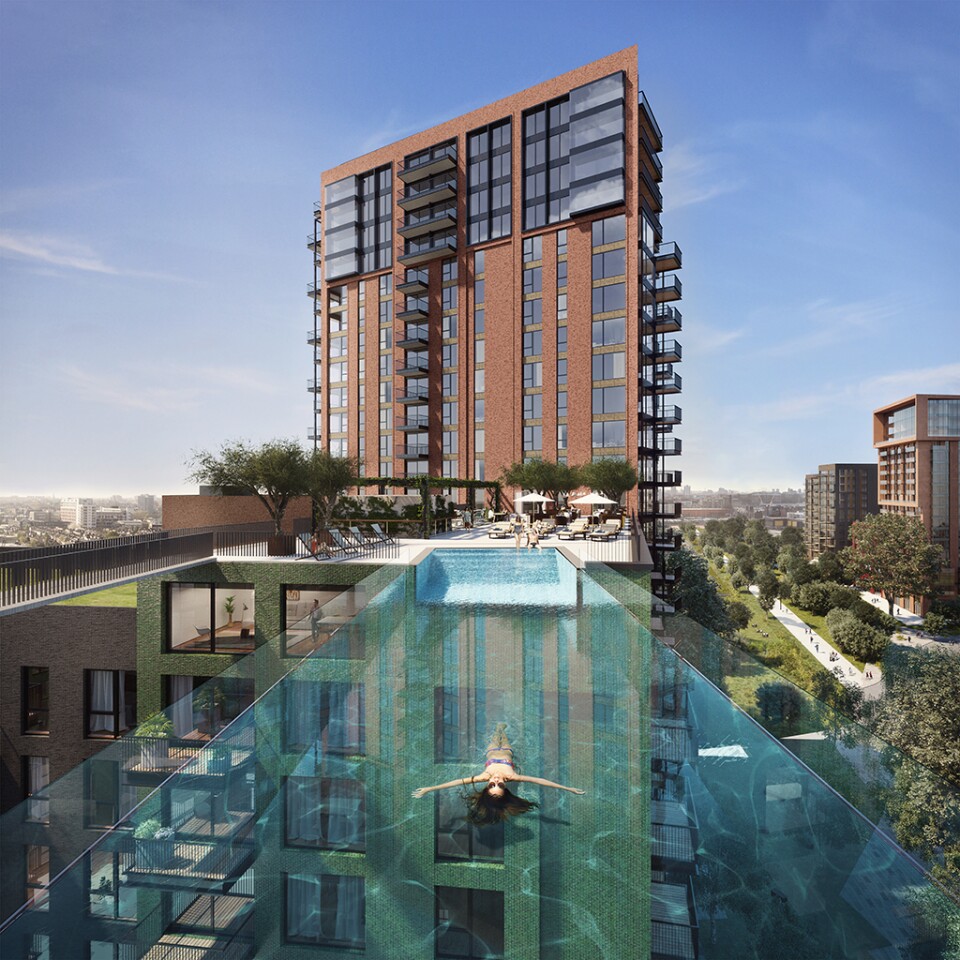 10 of the strangest buildings in 2021 Picture 17
10 of the strangest buildings in 2021 Picture 17
A significant engineering challenge was solved to ensure that the pool could withstand the weight of the water and the amount of pressure generated, while the entire structure could still withstand wind loads and the sway of the building. .
And just bringing it to London is a difficult journey. After being built and undergoing rigorous testing in the state of Colorado (USA), the swimming pool structure made a road trip to Texas, before making the three-week journey by transatlantic train. Atlantic to the Netherlands. From there, it sailed to the port of Tilbury in London and sailed up the Thames, before being transported by truck to the installation site. At the end of the journey, traffic lights and road signs were removed and even one road was completely blocked off. It was then hoisted into position by a 750 ton mobile crane, supported by a second smaller crane.
Qatar Stadium - Giant nomad tent
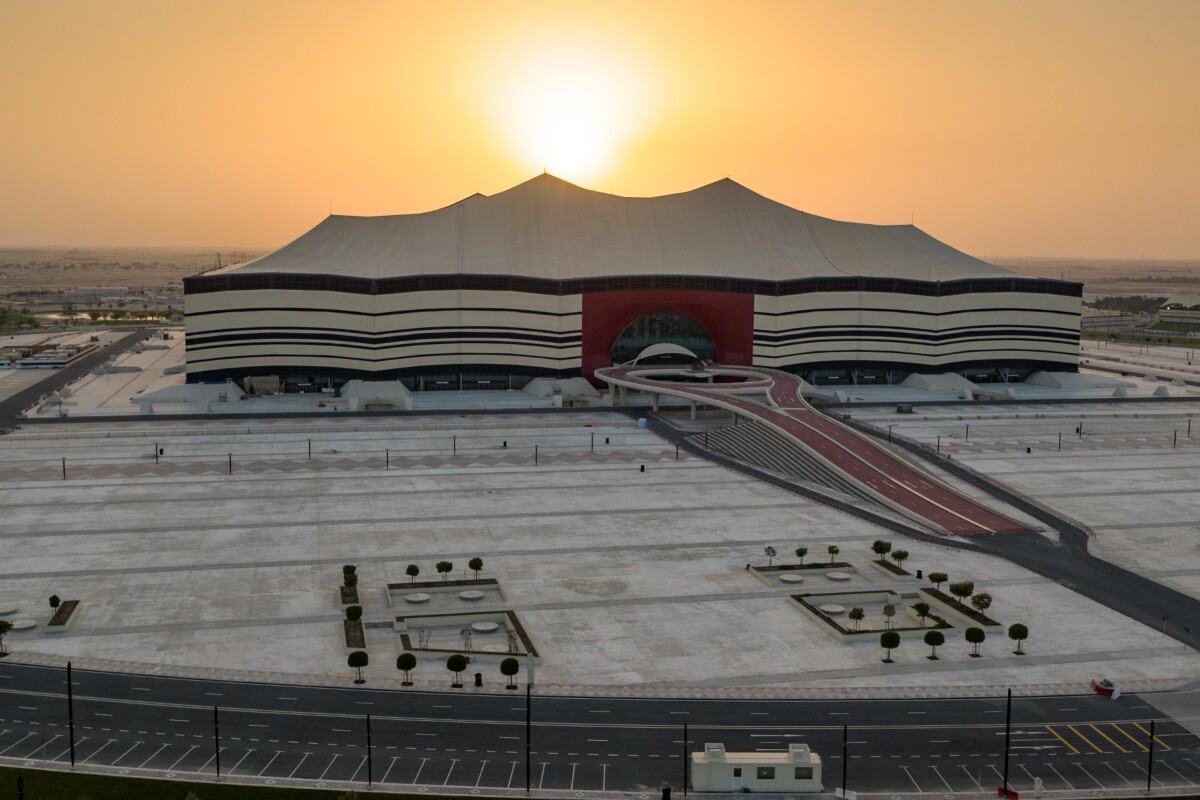 10 of the strangest buildings in 2021 Picture 18
10 of the strangest buildings in 2021 Picture 18
Taking the overall shape of a giant nomadic tent in the middle of the Qatar desert, the Al Bayt stadium will be inaugurated to be ready for next year's FIFA World Cup football tournament.
Al Bayt, designed by Dar Al-Handasah, is located in the city of Al Khor, in northern Qatar. It has a total capacity of 60,000 people and will be used to host the opening match as well as subsequent matches until the semi-finals.
The design of the stadium was inspired by the Bayt al sha'ar tent used by nomads who have lived in Qatar for millennia. Its tent-like look comes from the use of polytetrafluoroethylene (PTFE) on the outside, covering a structural steel frame. The roof can be retracted, open or closed as required, to help reduce localized heat on the pitch.
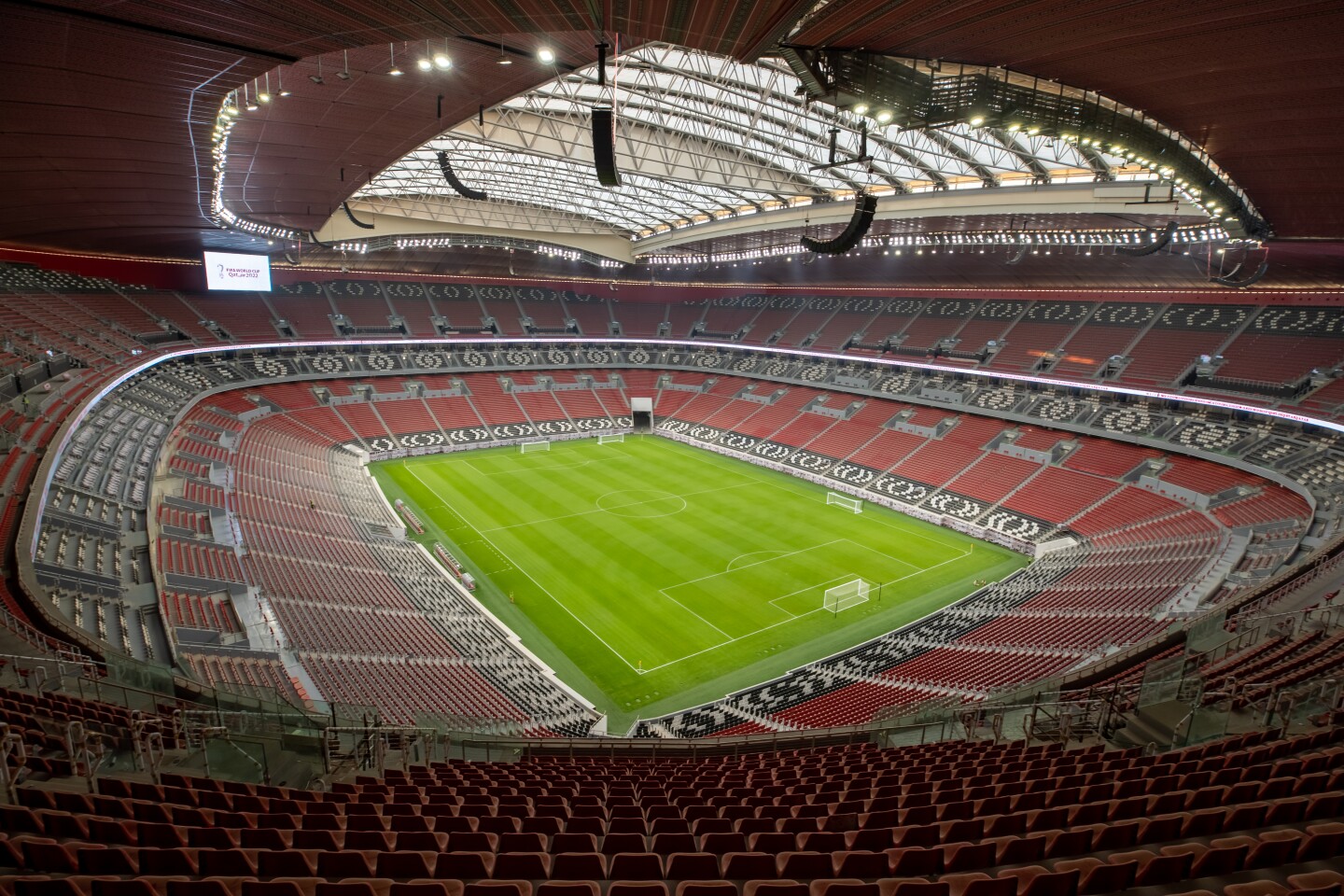 10 of the strangest buildings in 2021 Picture 19
10 of the strangest buildings in 2021 Picture 19
Once the World Cup event is over, half of the stadium's seats will be removed and reused in other sports facilities in Qatar and elsewhere. An area above the stadium will be turned into a five-star hotel, while a shopping mall, food court, gymnasium and multi-purpose hall are also planned to be incorporated into the stadium building. main. In addition, the stadium complex will include a sports medicine hospital, a park, running and cycling tracks, an amusement park, a cafe and a restaurant.
Concert hall in the rock
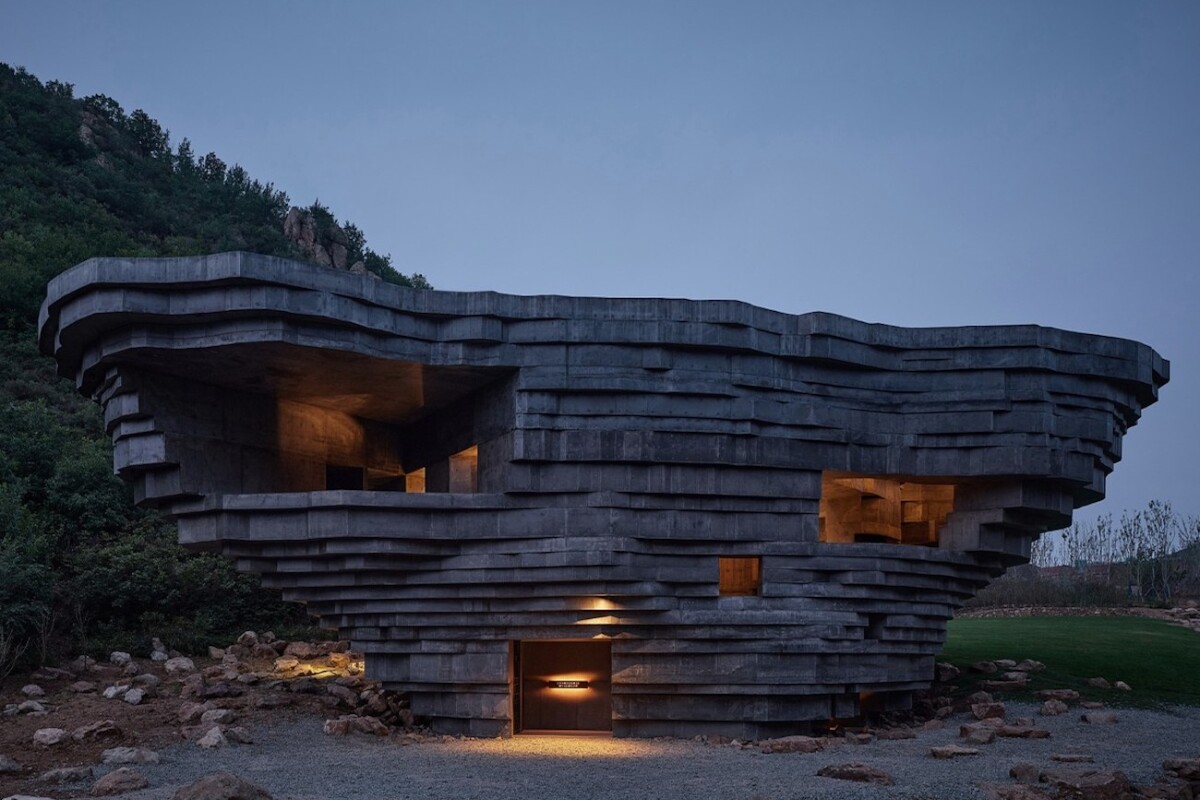 10 of the strangest buildings in 2021 Picture 20
10 of the strangest buildings in 2021 Picture 20
The Chapel of Sound is a concert hall located in a rugged mountainous area about two hours' drive from Beijing, near some of the ruins of the Great Wall.
The building is built from concrete, with a combination of local mineral-rich rocks. Its overall design was originally inspired by the characteristic of resonant cavities in conch shells, wooden instruments and the human ear, but has been refined using specialized software and the design company has also worked with sound engineers to ensure it would be a great space for live music.
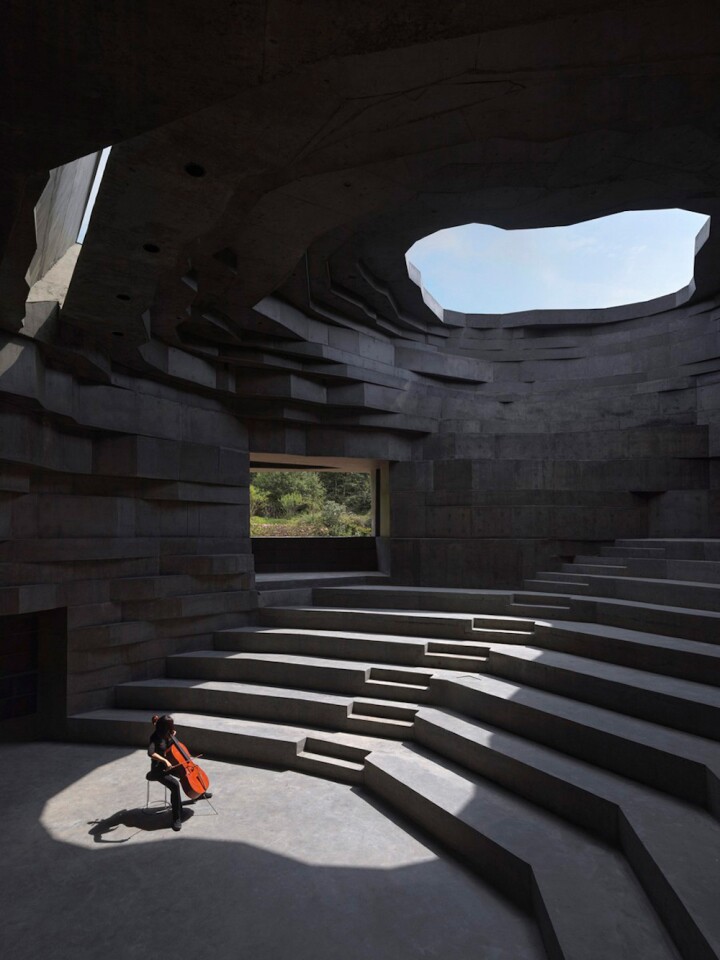 10 of the strangest buildings in 2021 Picture 21
10 of the strangest buildings in 2021 Picture 21
Its interior is 790 square meters and features a semi-outdoor amphitheater, an outdoor stage, and numerous winding stairs leading to viewpoints, including a rooftop staircase that offers views of the Great Wall. Ly Truong Thanh. The interior decoration uses brass details, like the handrails and doors, to add a bit of warmth to the whole concrete block.
When not hosting performances, it will be a space for reflection and quiet gathering. However, no matter what you're there for, you'll want to bring a warm jacket in winter as there's no air conditioning or heating inside. It's also fairly ventilated on its own, although the architects have ensured that any rain that gets in will escape.
You should read it
- Test about computer architecture P6
- Test of computer architecture P5
- Everything you need to know about AMD Zen 5
- Huawei is 'copying' both European architecture?
- Test about computer architecture P4
- Learn about the architecture of MS SQL Server
- Future AMD CPUs will also have a hybrid core architecture, like Intel chips
- Decode the 2,500-year-old architecture to help the Forbidden City pass 200 earthquakes
- The 7,000-year-old architecture is found in western Iran
- Learn about how the CPU works
- What is Sensor Network Architecture?
- Why do tech companies prefer Data hub architecture over its alternatives
May be interested

Best 10 Ideas for a Date Night in 2022

What is Cyber Monday? What date is Cyber Monday in 2021?

What is Black Sheep? learn about the origin of the word Black Sheep

Fruits and vegetables children should limit to avoid the risk of constipation

How does technology affect romantic relationships in the modern world?

Common Causes of Late Deliveries (And How to Avoid Them)






 New York engineers design high-rise buildings 'falling from the sky'
New York engineers design high-rise buildings 'falling from the sky' These are the 13 weirdest skyscrapers in the world
These are the 13 weirdest skyscrapers in the world 5 strangest books in human history
5 strangest books in human history Top strange animals become their own natural enemies
Top strange animals become their own natural enemies In the future, Wood is the only material to build skyscrapers, not concrete or steel
In the future, Wood is the only material to build skyscrapers, not concrete or steel Police soldiers instructed fire escape skills in high-rise buildings with a rope
Police soldiers instructed fire escape skills in high-rise buildings with a rope